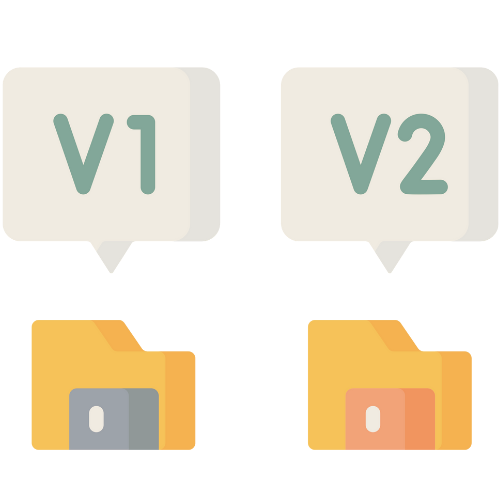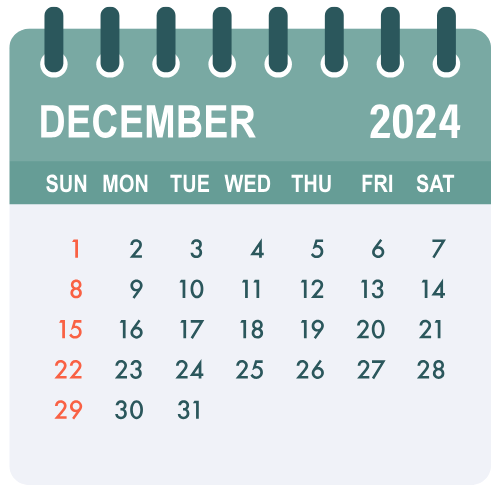When your team was small, a simple Excel or Google Sheets capacity planning template was enough to get the work done. It was quick, easy to use, and free. But not that your workload has grown, you probably started to notice that your team is getting slower and less productive. What once worked doesn’t seem to do so anymore, and you might even have trouble understanding why.
In this article, we will elaborate on the 5 clear signs that your capacity planning template is no longer enough, and why you should consider a dedicated tool or SaaS solution.

1. You’re jumping between tabs and tables
You started with one spreadsheet. Then you added a calendar. Then a task manager. And fast enough, you were jumping from one to the other, trying to keep everything in sync.
You are still holding on and trying to coordinate work across multiple locations and departments, but it’s not easy. One small change in a project’s timeline means you’re updating three different places manually. Endless updates. Endless messages: Did everyone see the change? Did someone miss it? Things get lost in communication. You’re not even sure when it all went wrong.


2. No one knows which file is the latest
Is this the latest version? Who made that change? If your team is spending a long time searching their inboxes and communication channels, trying to find the “right file”, your planning is no longer serving you.


3. You can’t see availability, workload, and roles in one view
With time, spreadsheets tend to get messy and time-consuming. Your view is limited, and you can’t track everything - who’s available, what roles they have, and how much they’re already working on. What about multiple skills, cross-department, or cross-location planning? Forget it with spreadsheets.


4. Capacity forecasting feels like guesswork
How is task allocation done in your organization? Gut feeling? Random pick? If your planning still relies on “gut feeling” or manual calculations, it’s hard to be proactive. Spreadsheets can’t dynamically adapt to changes in demand, delays, or shifting priorities. The same applies to off days. It is difficult to make projections with spreadsheets when circumstances constantly change.


5. You’re spending more time maintaining the template than using it
When updating the template becomes a full-time job, your planning isn’t working. Your focus should be on making strategic decisions and not formatting, fixing mistakes, changing formulas, and sharing files. If most of your team’s time is spent on these issues, your planning needs an upgrade.
If you find yourself in these scenarios, you have outgrown spreadsheets, and you need to explore a software solution, of course, if you want to stay productive and competitive.


Get started with a capacity planning software
Templates are a great starting point for small teams. But once your team grows or your projects become more complex, they can be limiting, confusing and time-consuming. That’s when capacity planning software or a SaaS tool becomes necessary, not just good to have.
And the good news? It doesn’t have to be complicated.
Many capacity planning tools offer everything you need, without the complexity or long learning curve. If you want something just as simple as your spreadsheet, but with more flexibility and clarity, try CapaPlanner.

A modern capacity planning software like CapaPlanner brings all your projects and roles together in one place, helping your team stay coordinated and productive. It supports agile planning, visual workload and availability tracking, and cross-department collaboration.


